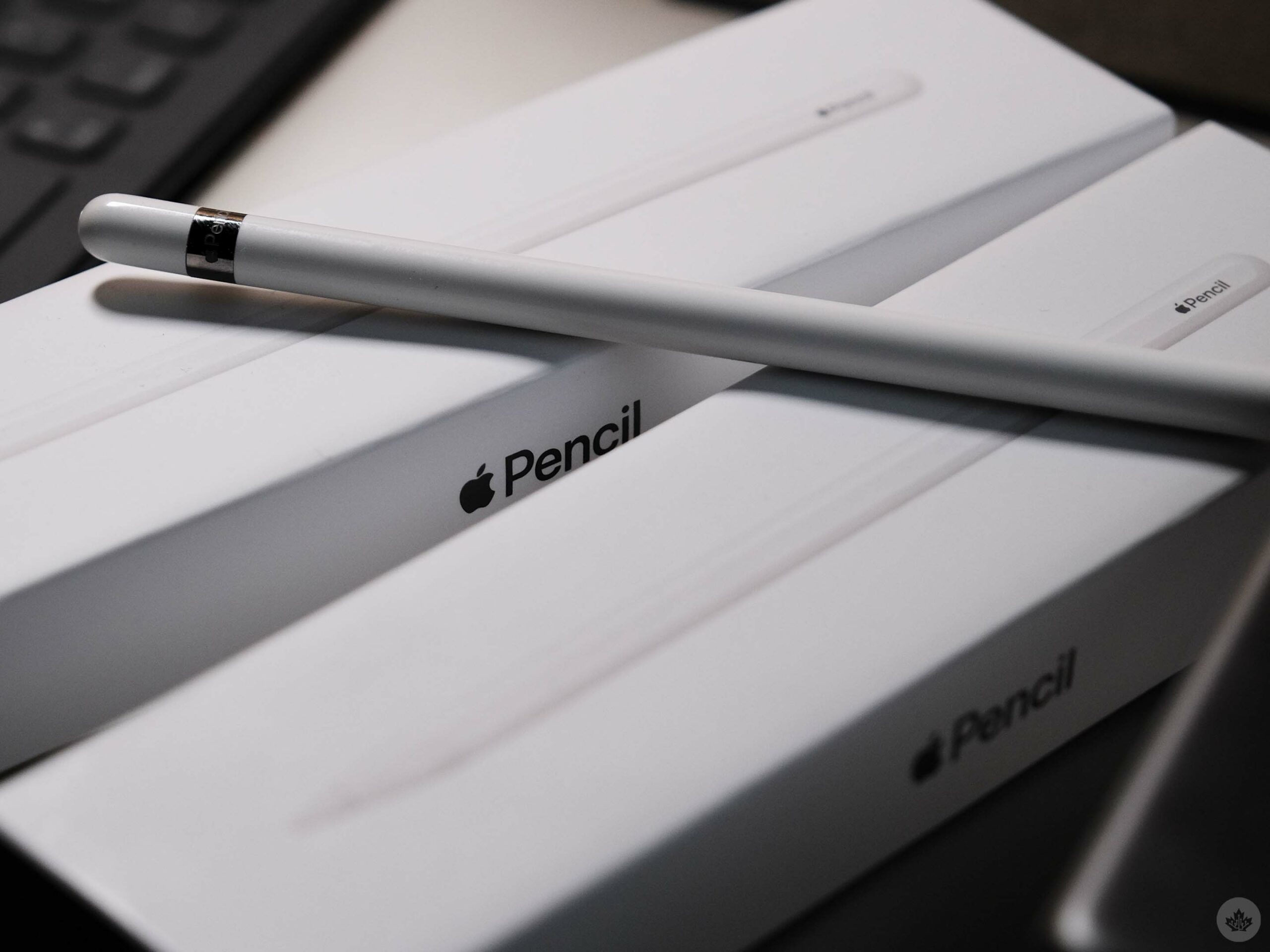One of the most controversial aspects of the new USB-C iPad (2022) is that it’s meant to be used with the first-generation Apple Pencil, which has a Lightning connector built into it.
This sounds fine, but the new iPad has a much-praised USB-C port instead of a Lightning jack. This makes connecting most accessories pretty easy, but plugging in the first gen Apple Pencil is impossible without a $10 dongle.
Don’t get me wrong, I think USB-C is the right step for the iPad to make, but it’s a tough pill to swallow nonetheless. There’s nothing inherently intrusive about the new USB-C to Apple Pencil Dongle, either. As far as dongles go, the price isn’t absurd, and it’s small and easy to slip into a pocket or a bag.
Setting it up is easy too. The new iPad comes with a USB-C to USB-C cable in the box, so if you have an Apple Pencil and this updater, all you need to do is chain them together, and voila, your Pencil and iPad are wirelessly connected from now on.
“If I had to guess, I’d expect the company to be saving the magnetic Apple Pencil support for next year”
However, there’s likely going to be a huge contingent of people that have to buy it just to use it for that single connection phase. You need the dongle to pair the Pencil to your iPad, but beyond that, I think most people will charge the pencil another way, such as plugging it into an iPhone. Having the dongle is handy for charging, but like many Apple Pencil owners already know, taking a small dongle like this outside is always a risk.
I’m sure some might have to keep this thing around to charge the stylus every so often, but at that point, you better have a safe home for it since these little adapters can slip away at any moment.
I would have loved to see Apple add support for both Pencils to this new iPad to help people bridge the gap from the Lightning to USB-C generations of iPads, but if I had to guess, I’d expect the company to be saving the magnetic Apple Pencil support for next year.
If you really care about drawing on iPad, and can afford it, the new Apple Pencil 2 and the iPad Air is a better bet, but it costs significantly more. If you can’t afford it, the new iPad is still a good experience, but be aware of the hassles of this new dongle.





